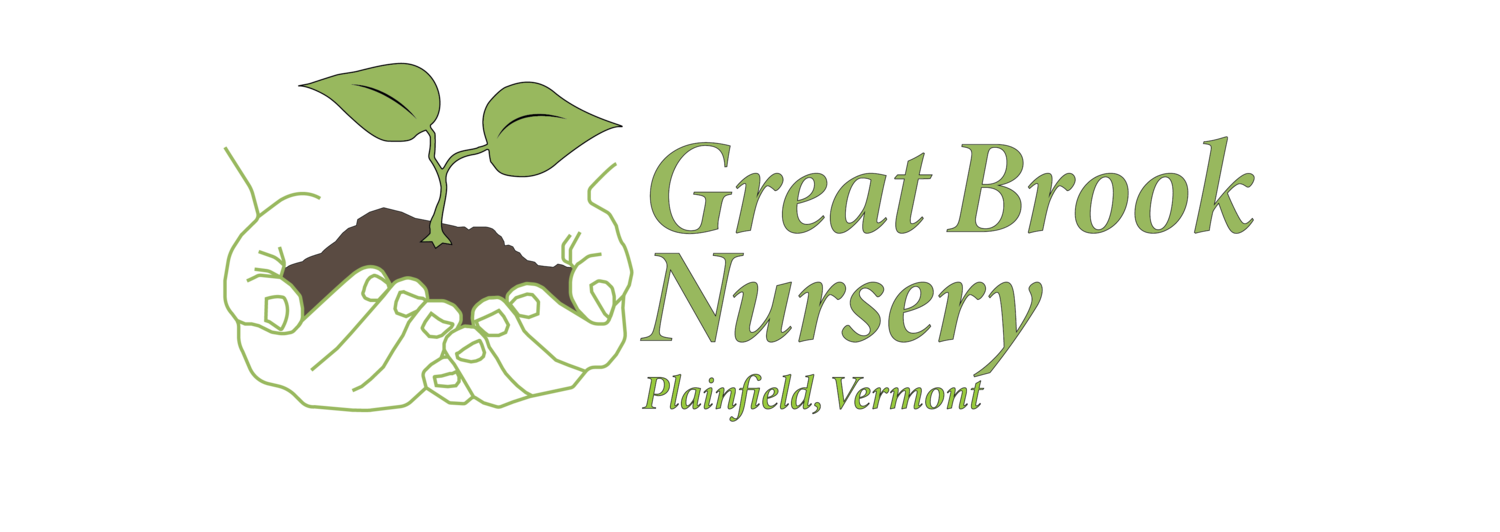 Image 1 of 2
Image 1 of 2

 Image 2 of 2
Image 2 of 2



Digitalis (Plantaginaceae)
Known commonly as foxglove, a name that’s etymology has been lost to history. This famous cottage garden plant comes from a fairly small genus of 22 species of mostly annuals or biennials. They are best treated in the garden as a surprise guest, popping up here and there then disappearing after a couple seasons. Generally, it produces a rosette of simple basal leaves the first year. It flowers the second year with tubular, two lipped flowers in many shades and often spotted on stalks of varying heights depending on the species. Most make excellent border plants or you can let them lightly naturalize. Cutting back the seed heads can control unwanted dispersal. The plant has cardiac glycosides that have been used in medical preparations, however, all parts of the plant are considered toxic and should not be ingested.
AVAILABLE THIS YEAR
D. ferruginea ‘Gigantea’ - Glossy, narrow foliage, yellowish-brown flowers on stalks 4’-5’. Perennial, though probably short lived.
D. lutea - Straw foxglove. Long lived, dark, glossy foliage, small light yellow flowers. Mid-summer
D. x mertonensis - Hybrid of D. grandiflora x D. purpurea, vigorous, glossy dark green leaves, pink, red, apricot flowers. June to July
D. obscura ‘Sunset’ - Low growing, 18”-24”, narrow leaves, unique beige- brown flowers. Perennial. July to September
D. parviflora ‘Milk Chocolate’ - Narrow, strappy foliage, sturdy, reddish-brown flowers. July to September.
Sold in quart size pots.
Known commonly as foxglove, a name that’s etymology has been lost to history. This famous cottage garden plant comes from a fairly small genus of 22 species of mostly annuals or biennials. They are best treated in the garden as a surprise guest, popping up here and there then disappearing after a couple seasons. Generally, it produces a rosette of simple basal leaves the first year. It flowers the second year with tubular, two lipped flowers in many shades and often spotted on stalks of varying heights depending on the species. Most make excellent border plants or you can let them lightly naturalize. Cutting back the seed heads can control unwanted dispersal. The plant has cardiac glycosides that have been used in medical preparations, however, all parts of the plant are considered toxic and should not be ingested.
AVAILABLE THIS YEAR
D. ferruginea ‘Gigantea’ - Glossy, narrow foliage, yellowish-brown flowers on stalks 4’-5’. Perennial, though probably short lived.
D. lutea - Straw foxglove. Long lived, dark, glossy foliage, small light yellow flowers. Mid-summer
D. x mertonensis - Hybrid of D. grandiflora x D. purpurea, vigorous, glossy dark green leaves, pink, red, apricot flowers. June to July
D. obscura ‘Sunset’ - Low growing, 18”-24”, narrow leaves, unique beige- brown flowers. Perennial. July to September
D. parviflora ‘Milk Chocolate’ - Narrow, strappy foliage, sturdy, reddish-brown flowers. July to September.
Sold in quart size pots.
Known commonly as foxglove, a name that’s etymology has been lost to history. This famous cottage garden plant comes from a fairly small genus of 22 species of mostly annuals or biennials. They are best treated in the garden as a surprise guest, popping up here and there then disappearing after a couple seasons. Generally, it produces a rosette of simple basal leaves the first year. It flowers the second year with tubular, two lipped flowers in many shades and often spotted on stalks of varying heights depending on the species. Most make excellent border plants or you can let them lightly naturalize. Cutting back the seed heads can control unwanted dispersal. The plant has cardiac glycosides that have been used in medical preparations, however, all parts of the plant are considered toxic and should not be ingested.
AVAILABLE THIS YEAR
D. ferruginea ‘Gigantea’ - Glossy, narrow foliage, yellowish-brown flowers on stalks 4’-5’. Perennial, though probably short lived.
D. lutea - Straw foxglove. Long lived, dark, glossy foliage, small light yellow flowers. Mid-summer
D. x mertonensis - Hybrid of D. grandiflora x D. purpurea, vigorous, glossy dark green leaves, pink, red, apricot flowers. June to July
D. obscura ‘Sunset’ - Low growing, 18”-24”, narrow leaves, unique beige- brown flowers. Perennial. July to September
D. parviflora ‘Milk Chocolate’ - Narrow, strappy foliage, sturdy, reddish-brown flowers. July to September.
Sold in quart size pots.

